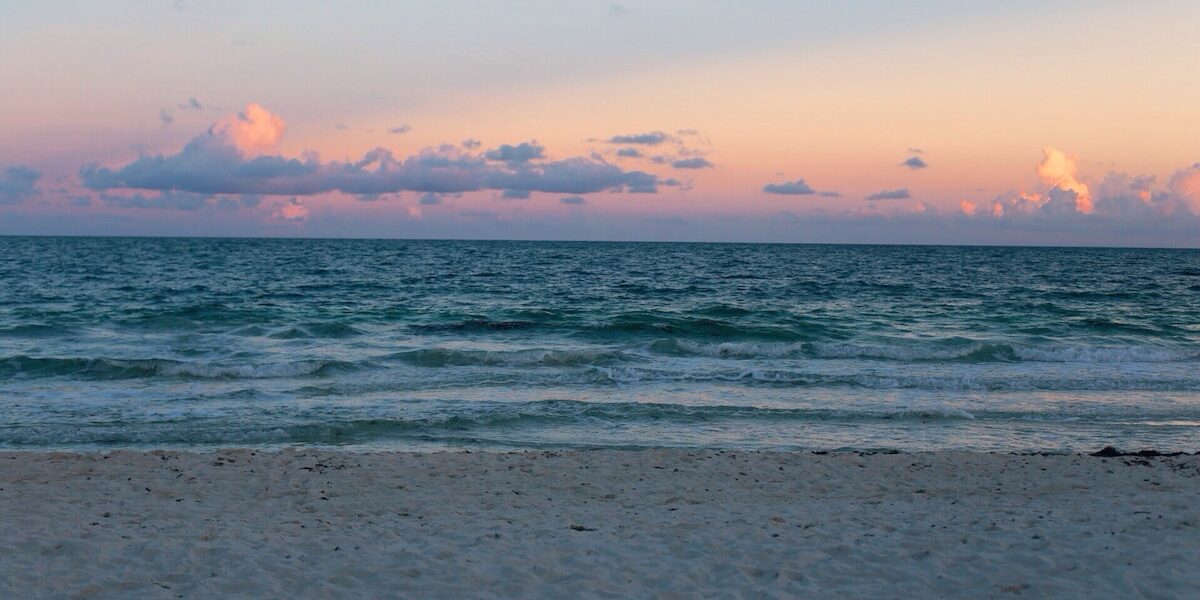The Colorful Blur of October
Part 2: A Gem of an Island
by Mark J. Spalding
Next, I traveled to Block Island, Rhode Island, which is located about 13 nautical miles (or an hour’s ferry ride) from Point Judith. I was lucky enough to win the raffle to benefit the Rhode Island Natural History Survey—which granted me a week at Redgate Farm on Block Island near New Harbor. The week after Columbus Day means a sudden drop in the crowds and the beautiful island is suddenly peaceful as well. Thanks to the joint efforts of the Block Island Conservancy, other organizations, and dedicated Block Island families, much of the island is protected and offers wonderful hikes in diverse island habitats.
Thanks to our hostesses, Ocean View Foundation’s Kim Gaffett and the Survey’s Kira Stillwell, we had additional opportunities to visit protected areas. Living on an island means you are particularly attuned to the wind—especially in the fall, and, in the case of Kim and Kira, especially during bird migration season. In the fall, a north wind is a tail wind for migrating birds, and that means opportunities for research.
Our first full day, we were lucky enough to be there when the scientists from the Biodiversity Research Institute were doing their fall tagging of raptors. The program is in its fourth year and counts among its partners Ocean View Foundation, Bailey Wildlife Foundation, The Nature Conservancy, and the University of Rhode Island. On a chilly windy hilltop in the southern part of the island, the BRI team was capturing an array of raptors—and we arrived on a particularly good afternoon. The project focuses on the migratory patterns of peregrine falcons and the toxics load of raptors in the region. The birds we watched were weighed, measured, banded, and released. I had the great fortune to help with the release of a young female northern harrier (a.k.a. a marsh hawk), shortly after Kim took her turn with a young male northern harrier.
Scientists have been using raptors as barometers of ecosystem health for decades. Their distribution and abundance is closely tied to the food webs that support them. Chris DeSorbo, the program director, says that “The Block Island raptor research station is the northernmost and furthest offshore on the Atlantic coast. These characteristics coupled with the unique migration patterns of raptors there make this island valuable for its research and monitoring potential.“ The Block Island research station has provided valuable insights into which raptors are carrying the greatest mercury load, for example, and about how far they migrate.
Tagged peregrines have been tracked as far as Greenland and Europe—crossing huge swaths of ocean in their travels. Like the highly migratory ocean species such as whales and tuna, it is important to know whether populations are distinct or whether the same bird could indeed be counted in two different places. Knowing helps ensure that when we determine a species’ abundance, we count once, not twice—and manage for the smaller number.
This small seasonal raptor station opens a window into the interconnection between wind, sea, land, and sky–and the migrating animals that depend on predictable currents, food supply, and other factors to support their life cycle. We know that some of the raptors on Block Island will be there through the winter, and others will have travelled thousands of miles south and back again, just as the human visitors return next summer season. We can hope that next fall the BRI team and their partners will be able to return to continue their assessment of the mercury load, the abundance, and the health of the eight or so species of raptors that depend on this waypoint.
Photo 1: Block Island, Photo 2: Measuring of a marsh hawk







